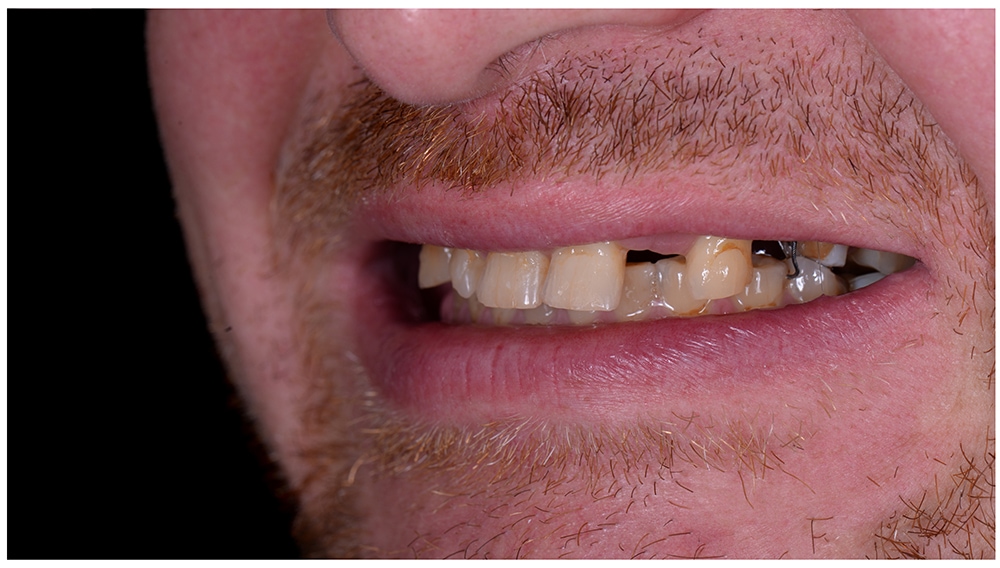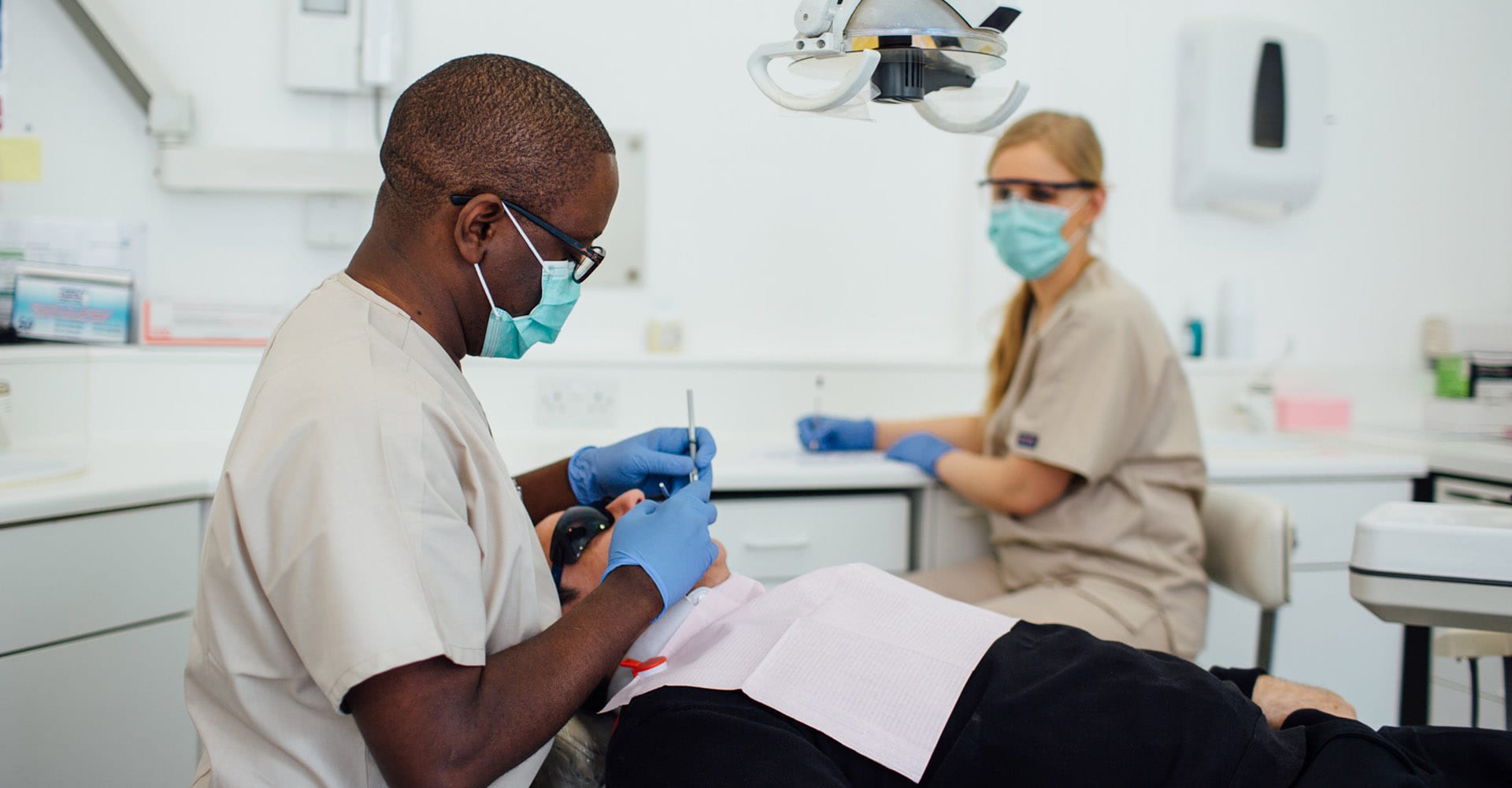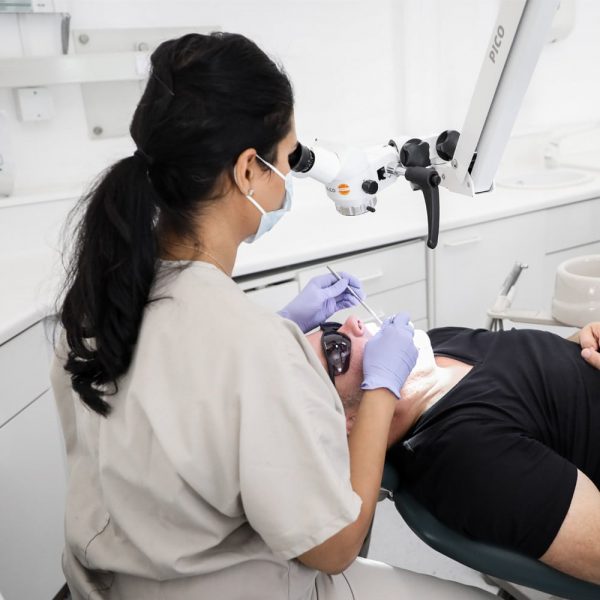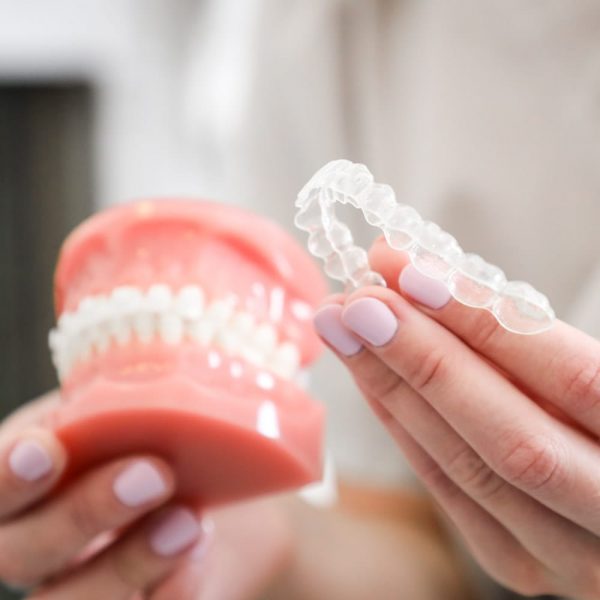Sinus lift, also known sinus augmentation, has been a transformative development in the realm of dental implantology because it addresses the challenge of bone loss in the upper jaw.
We must also consider the factors that determine its necessity, the recovery process, and the role of different grafting materials.
Key Takeaways Sinus Lift Surgery.
- Sinus lift is a surgical procedure in dental implantology that addresses bone loss in the upper jaw.
- It creates space for dental implant placement and provides a sturdy foundation for implants.
- Sinus lift surgery is necessary when there is insufficient bone in the upper jaw or when the sinuses are too close to the jaw.
- The procedure involves lifting the sinus membrane and placing bone graft material, followed by post-operative care and healing.
What Is a Sinus Lift?
A sinus lift is a common surgical procedure designed to increase bone volume in the upper jaw to facilitate the placement of dental implants under the maxillary sinus. This procedure becomes necessary when the patient's upper jaw lacks sufficient bone mass or when the sinuses are too close to the upper jaw, thereby impeding the successful placement of implants.
The sinus augmentation is a bone grafting technique that involves the careful elevation of the Schneiderian membrane to create the needed space for the addition of bone graft material. This space then becomes the site for dental implant placement. The sinus augmentation procedure is vital in providing a sturdy and reliable foundation for the implants, ensuring their longevity and functionality.
This procedure, while complex, provides a viable solution for patients who otherwise would not be suitable candidates for dental implants due to insufficient bone structure in the upper jaw. Sinus augmentation allows more people to enjoy the benefits of stable, durable implants, and thereby enhancing their quality of life.
When Do You Need Sinus Augmentation?
The need for sinus augmentation surgery arises when there is not enough bone in the upper jaw, or when the sinuses are too close to the jaw to safely place dental implants. This commonly occurs in the maxillary premolar and molar regions.
| Conditions Necessitating Sinus Lift |
Explanation |
| Insufficient Bone in Upper Jaw |
The upper jaw may naturally lack enough bone, or bone loss may have occurred due to tooth extraction or periodontal disease. |
| Close Proximity of Sinuses to Jaw |
The sinuses might be naturally too close to the jaw, or they may have moved closer due to bone loss. |
| Requirement of Dental Implants |
Dental implants require adequate bone to secure them. If the upper jaw lacks enough bone, a sinus lift can create the necessary space. |
| Aging and Other Factors |
Aging can lead to bone loss or larger sinus cavities. |
What Happens Before a Sinus Lift Surgery?
Before undergoing a sinus lift surgery, several crucial preparatory steps are undertaken to ensure the procedure's success and the patient's safety.
A comprehensive assessment of the patient's oral health is conducted by a dental specialist, who evaluates the condition of the jaw bone using advanced imaging techniques. This allows for precise planning and preparation for the surgery. The patient's medical history is thoroughly reviewed to rule out any potential complications. .
The dental specialist also provides detailed pre-operative instructions to the patient. These can include dietary recommendations, cessation of certain medications, and guidelines on oral hygiene. The patient's understanding and compliance with these instructions are crucial for the success of the sinus lift surgery.
The dental specialist and maxillofacial surgeon work together to determine the best surgical approach. They consider factors such as the patient's anatomy, health status, and specific needs. By doing so, they ensure the sinus lift surgery is tailored to provide the best possible outcome for the patient.
The success rate of grafts and implants was 98.3% and 97.2%, respectively.
How Is a Sinus Lift Surgery Done?
The sinus augmentation surgical procedure involves lifting the sinus membrane in the sinus cavity and inserting bone graft material to augment the existing maxillary alveolar bone.
The surgeon begins by conducting a comprehensive clinical evaluation, using advanced imaging techniques such as a 3D CBCT scan to accurately assess the condition of the jaw and the proximity of the sinuses. Depending on the complexity of the case, the procedure may be performed in a dental practice or a hospital, under general anaesthesia.
The external sinus augmentation procedure begins with the surgeon makes a precise incision in the gum, creating a small 'window' into the maxillary bone. The schneiderian membrane is gently lifted, and the bone graft material is strategically placed in the newly created space. This provides a scaffold for new bone growth, facilitating the successful placement of dental implants in the future.
The internal sinus augmentation procedure begins by gently tapping through the implant preparation site in your mouth with a series of periotomes. Grafting material is then pushed through the implant preparation site, thereby lifting the schneiderian membrane and your dental implant will be placed at the same time.
The surgical site is then closed with sutures, marking the end of the sinus lift surgery.
What Happens After a Sinus Augmentation?
After sinus augmentation, it is normal for patients to experience some discomfort after the procedure. Light bleeding, swelling or bruising in the area may occur. Patients should avoid sneezing or blowing their nose forcefully for a considerable amount of time to prevent disruption of the surgical site.
| Post-Operative Symptoms |
Management |
Duration |
| Light Bleeding |
Use gauze to apply gentle pressure |
Few days |
| Swelling |
Apply cold compresses |
1-2 weeks |
| Discomfort |
Over-the-counter painkillers |
As needed |
| Sneezing or blowing nose |
Avoid if possible |
2-3 weeks |
| Continued discomfort |
Contact dentist |
Immediately |
The dentist may recommend antibiotics or prescribe medication for pain and inflammation. Regular check-ups are essential to monitor the healing process. The amount of time needed for complete healing varies, but typically ranges from four to nine months. During this period, it's crucial to maintain excellent oral hygiene and follow the dentist's instructions for optimal recovery. If any complications arise, patients should contact their dentist immediately.
What Are the Risks of a Sinus Augmentation?
The main risk of a sinus augmentation is the possibility of a Schneiderian membrane tear or place during the procedure. This occurs when the membrane punctures or tears, with a 19% chance in the external approach and a 3.8% chance in the internal approach. However, the tear is much easier to repair with the external approach as opposed to the internal approach.
Other risks of a sinus augmentation include swelling, numbness due to local anaesthetic, pain, and bleeding. Post-procedure complications can also occur, such as infection, graft exposure, and facial pain and swelling. Rare but serious risks include a communication between the sinus and mouth and longer-term infection necessitating graft removal.
Implant failure is another potential risk, with a higher likelihood in smokers. It is crucial to follow medical advice to minimise these risks, such as using painkillers for discomfort and not blowing your nose for two weeks post-procedure. Additionally, taking prescribed medications as directed can further reduce risks.
What are the Alternatives to Sinus Augmentation?
Short endosseous implants can be placed in areas with less bone, potentially eliminating the need for bone grafting and sinus lift procedures.
Whilst short implants offer a less invasive approach to tooth replacement, it is important to note that their success rates may vary. Some studies suggest that short implants could have lower survival rates and strength compared to standard implants. However, recent research shows comparable success rates to their longer counterparts.
Dental bridges and removable dentures are alternatives to sinus augmentation. In a situation where all the upper teeth have been lost, zygomatic implants are also very useful.
It's important to remember that no specific method guarantees success with dental implants, making patient-specific treatment planning essential.
What grafting materials are used in sinus lift procedures?
The choices on bone grafting materials in sinus augmentation are largely influenced by factors such as effectiveness, biocompatibility, safety, and ease of handling. The surgeon selects the most appropriate grafting materials based on the patient's needs and any pertinent religious connotations.
Autogenous bone grafts are derived from the patient's own body. They are highly compatible and effective, but their use is limited by availability and the potential for an additional surgical site.
Bone substitutes, including allografts, xenografts, and synthetic materials, are another option for sinus lift procedures. They have lower morbidity than autogenous grafts, but their efficacy and safety can vary.
The choice between autogenous grafts and bone substitutes is primarily determined by the specific circumstances of the sinus lift procedure. Autogenous grafts are often favoured for their superior biocompatibility, but bone substitutes can provide a valuable alternative when autogenous grafts are not feasible.
Both types of bone graft materials have been proven effective in sinus lift procedures, offering reliable solutions to the challenge of insufficient bone volume in the upper jaw. The ongoing development and evaluation of new grafting materials continues to expand the range of options available for sinus lift procedures.

















